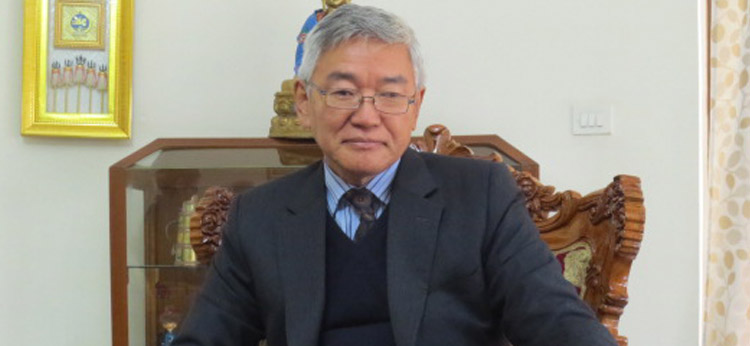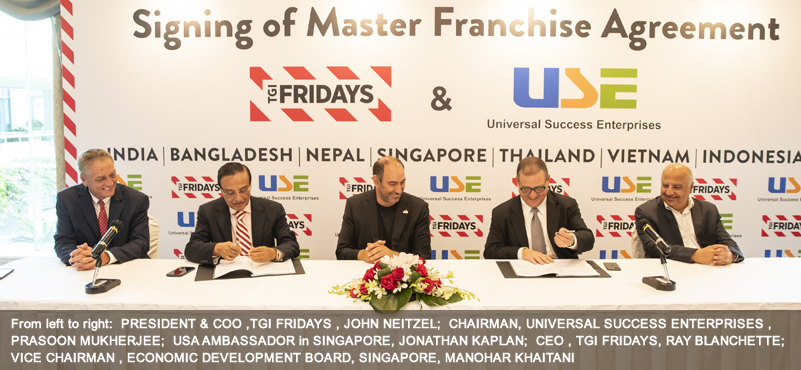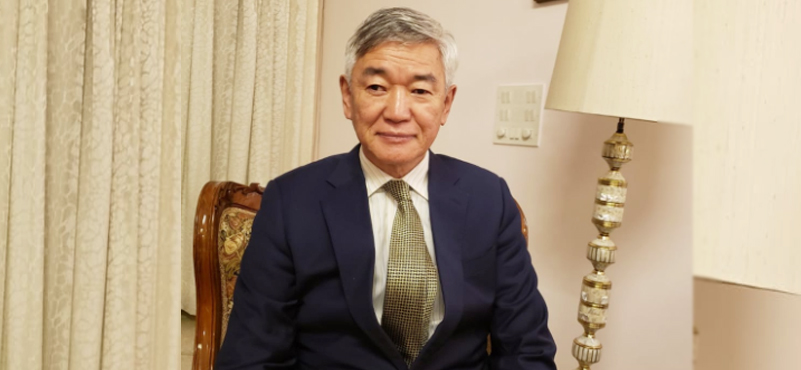As Mongolia and India celebrate sixty years of diplomatic ties, it is time to re-look at areas of priorities to boost common tourism connect, feels Mongolian envoy to India Gonchig GANBOLD. In an exclusive interview to TF, he said that with the PM’s recent visit, ties were looking stronger and promising than ever before.

GONCHIG GANBOLD
MANGOLIAN AMBASSADOR
Probably the last remaining vestige of the by-gone era of war-heroes and legends, Mongolia, as a destination, has a distinctness which is tough to replicate. Besides, not many would be aware that Mongolia has vocational centers named after Rajiv Gandhi, and an IT centre for excellence named after Atal Bihari Vajpayee. A number of children are, still, fondly named Indira and Jawahar, suggesting that Indian politicians from the bygone era are still well-known in Mongolia. This may come as a surprise, but underlines the deep-rooted connect between two of the oldest civilizations in Asia. More than fifty percent of Mongolia’s three million plus population follows Buddhism and finds resonance in India’s vast repository of Buddhist heritage.“We have been intertwined in various bonds, from spiritual, cultural and historic. There are a number of places in Delhi, and in India, whose name resemble those from our nation. So, they are subject to study for the future generation of historians. In our manuscripts dating to the thirteenth century, sacred to Mongols, India is known as Hindustan. India was well-known and considered as the land of Buddha – a sacred place,” said Ambassador Gonchig GANBOLD. Stressing on the historical connect between the two nations, he recalled how monks from Mongolia travelled through the Himalayas to study at the famed Nalanda University. “Asian-Chinese travelers left their travelogue which details that monks from Mongolia were a regular at these institutions. On the basis of these very close spiritual and cultural ties, we established diplomatic relations between our two states –which now enter the Sixtieth anniversary,” he explained. Adding that Mongolia had planned to mark this momentous occasion with year-long events, and it was a moment to sum up what both nations had accomplished together, he said, “We, at this moment, should also outline what we can do in the next sixty years, together. Sixty years in our concept is a century, in our Oriental school of thought,” he philosophically added. Mongolia, off late, has gained traction in the Indian consciousness, thanks to PM Modi’s visit last year. The envoy said that PM Namo’s visit was a landmark occasion in the history of bilateral relations. “The government of India expressed its readiness to boost our bilateral ties; even made the pledge to provide a sum of one billion USD as a line of credit which would encourage Indian export of goods and commodities, including of course, travel and tourism,” he said. Sharing that Mongolia was one of the most sparsely populated nations in the world – It is almost half of India’s size – he said that one could find diverse topographical and climatic zones which appealed to Indians. “We do have great political and cultural connect. Now, what we need it to diversify in the realm of economic exchange, like in tourism and enhanced bilateral visits,” said the envoy. He opined that once the real economic activity commenced on ground, then relations would further deepen. “We are working with some Indian companies to set up outsourcing centers, and probably that company will announce its intentions shortly. We can develop viable projects to properly use the line of credit in infra projects,” he detailed how Mongolia intended on deepening bilateral connect. He saw tremendous opportunities for trade and commerce in animal husbandry and mineral resources – both of which were found in abundance in Mongolia. He noted that they had almost sixty million heads of livestock which was a massive resource of animal husbandry materials like wool, hides, cashmere and intestines. “It can be processed as surgery thread; a value-added product – so a lot of products can be created out of them. We have all the raw materials needed. Indian pharmaceutical companies can be made more cost-effective. So, we can create a lot of products together which can be exported to other markets, besides domestic consumption. Russia is under sanction, while China’s demands are huge, so these can be worked upon together,” he opined. He also saw agriculture and IT as major components which were yet to be explored. “The eastern part of Mongolia is very conducive to agriculture; now our government is planning on making it a special agriculture zone – where Indian farmers can grow crops. Again, IT sector is a promising sector. It can be furthered in Mongolia with the Indian side helping in its set-up. It can penetrate to other big markets, thanks to our location,” he believed. Noting that Mongolia was well-endowed with mineral resources, he expressed interest in cooperation on mineral processing. “India has a strong pool of civil engineers who could work in Mongolia in different projects related to setting up of electricity grids and other infrastructural projects which will help us extract huge deposits of minerals from mines. It can be used in India to meet its growing market,” he opined.




































